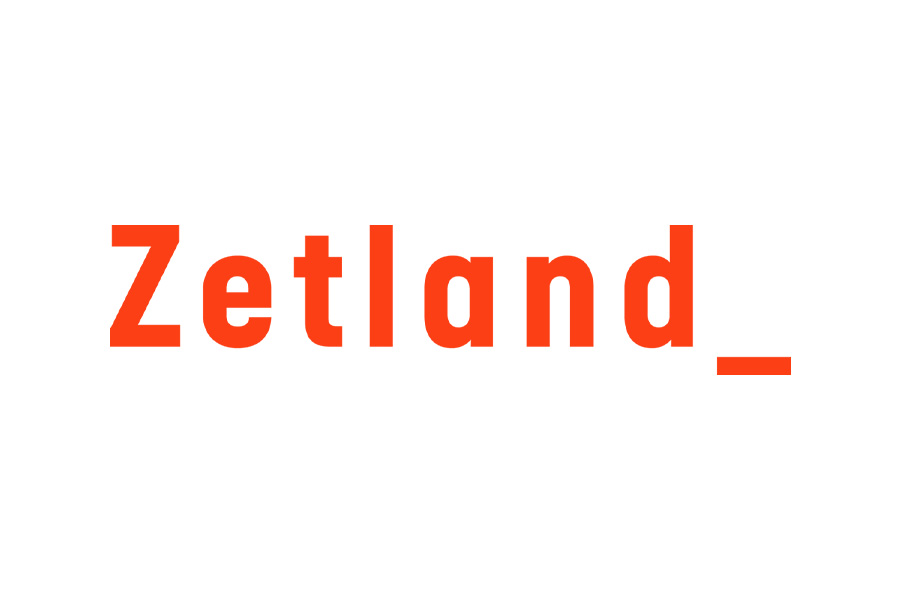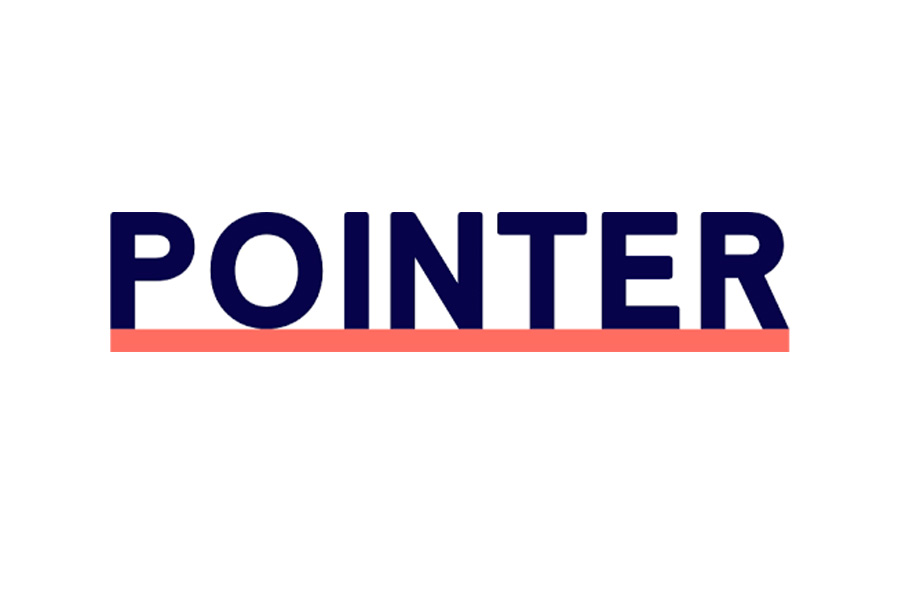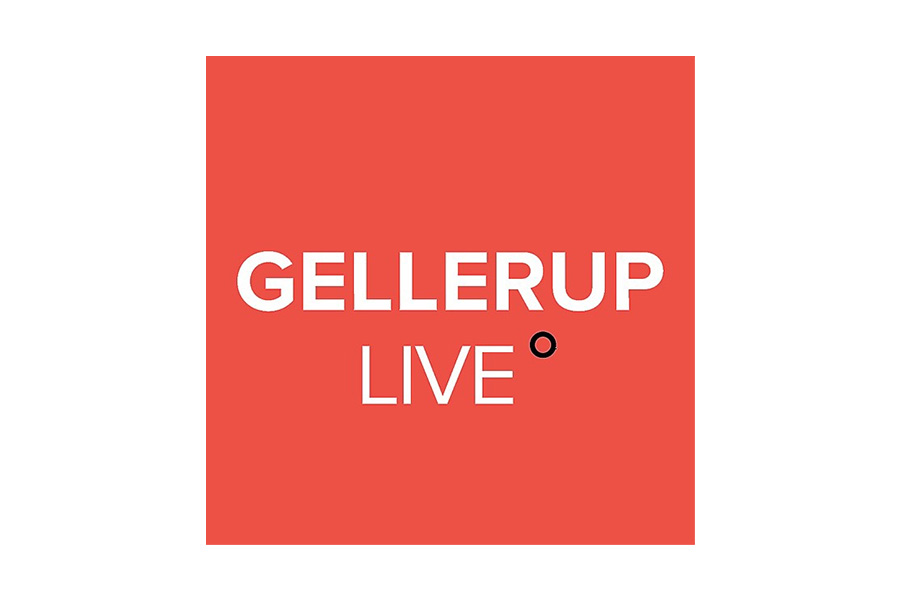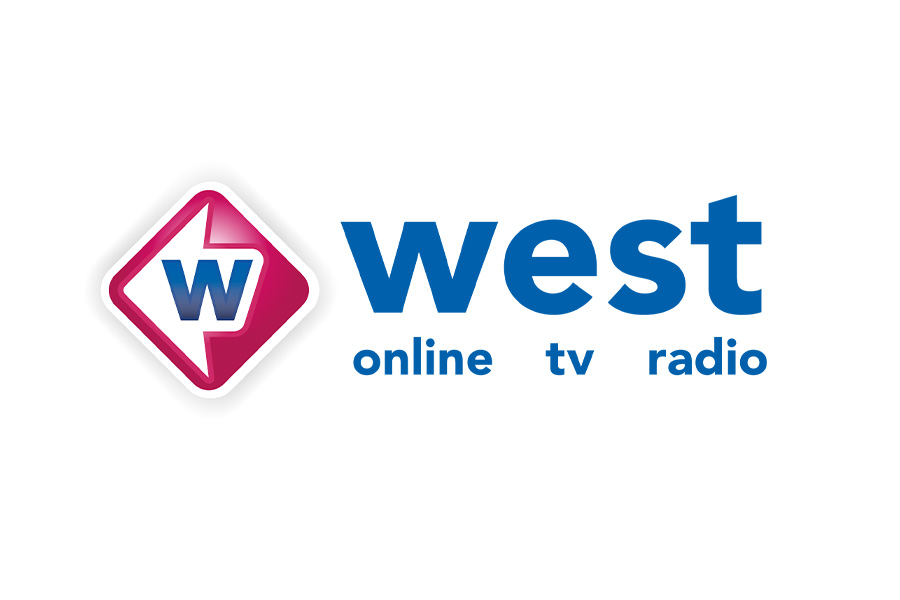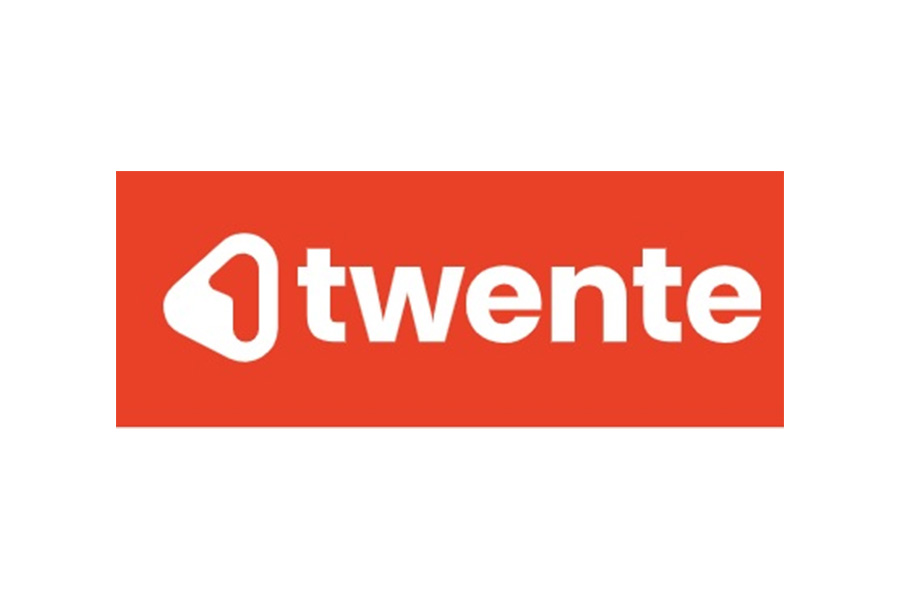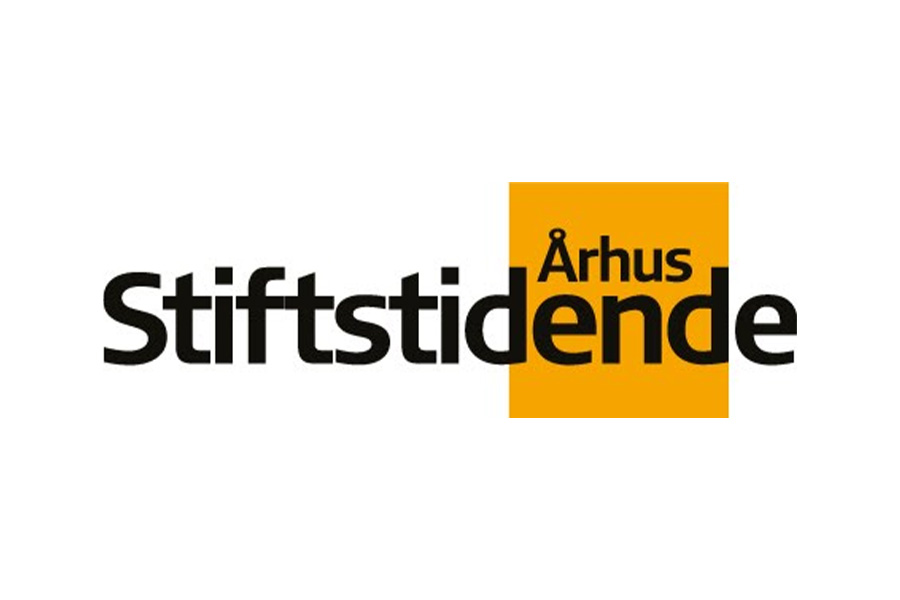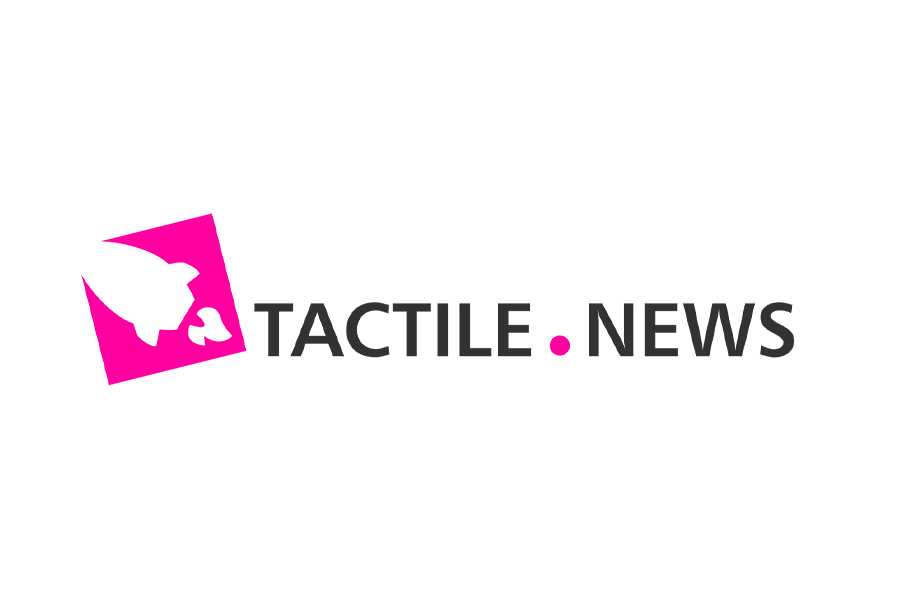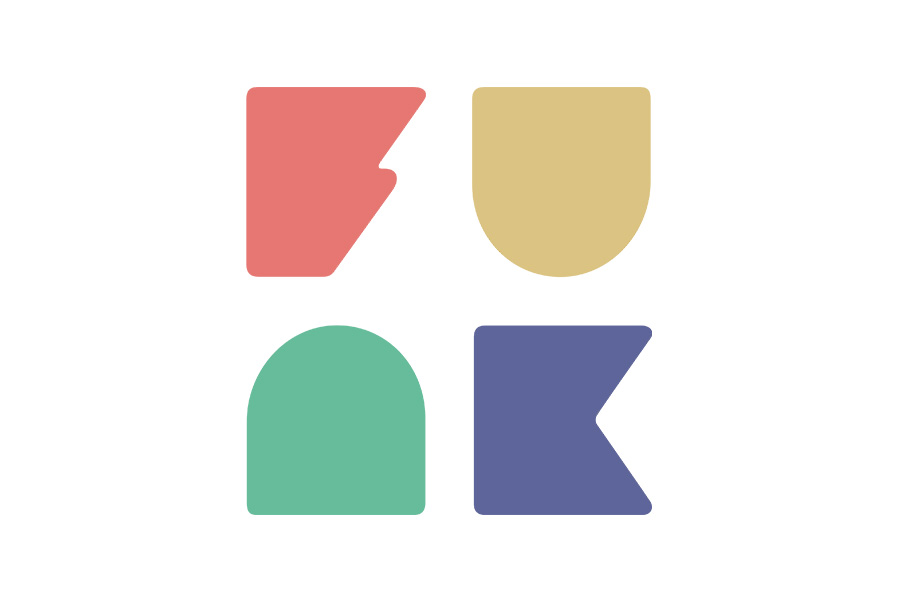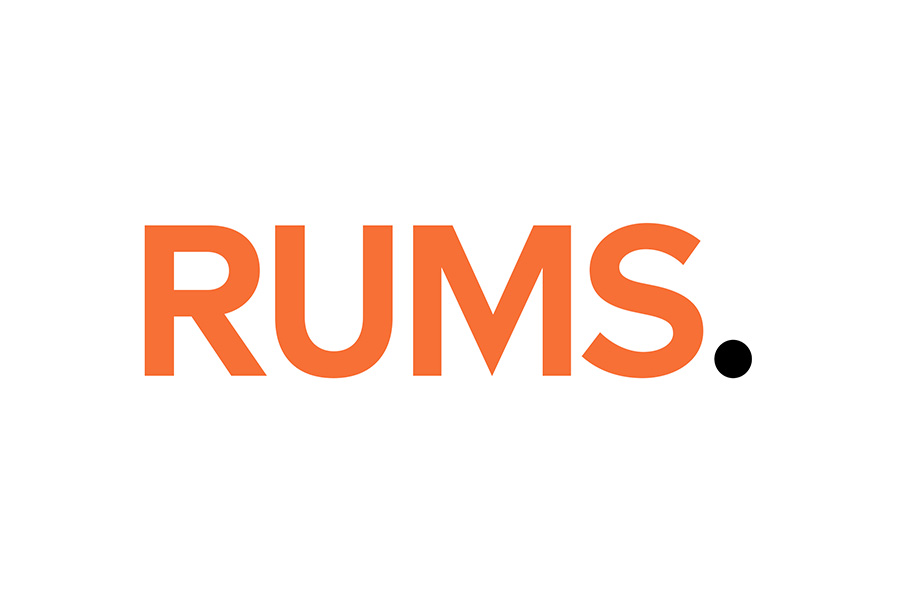What
Asking the audience to participate in the research on a topic or a specific story. The audience can provide personal experiences, they can help observe and report on a specific phenomenon in their neighbourhood or everyday life. They can help gather documents, pictures, inspiration. The sky is the limit.
Why
There is more knowledge outside the newsroom than inside, and if you make ways for the audience to help you investigate, it can lead to better and more nuanced reporting – and collect data and experiences from a large group of people that would be impossible to collect with traditional research. Also, it’s a way to be lead to new sources.
How
Ask a question on the social media platforms you use such as FB-page or Instagram stories. If the answers and input you are looking for are more complex, a very efficient way is to make a typeform or questionnaire to share with your audience in whatever way you usually communicate with them. Be it on the webpage, on social media, whatsapp, in an email, newsletter etc.
When
You can ask for their questions about a specific topic you or your media are currently working on or plan to work on. Be as specific in your questions as possible – also if you only want people with certain experiences or from certain communities to participate.
Be aware of
A qualitative questionnaire is not a representative study, and of course you need to verify the input you get. Even though it can be tempting to let people answer anonymously, it is almost always preferable to get contact information. Also, when crowdsourcing research, make a plan on how you will organise and use whatever comes in.
Tips for students
Be clear on explaining who you are and why you ask. Ask for instance “I am working on a story about … What do you know about it?”

